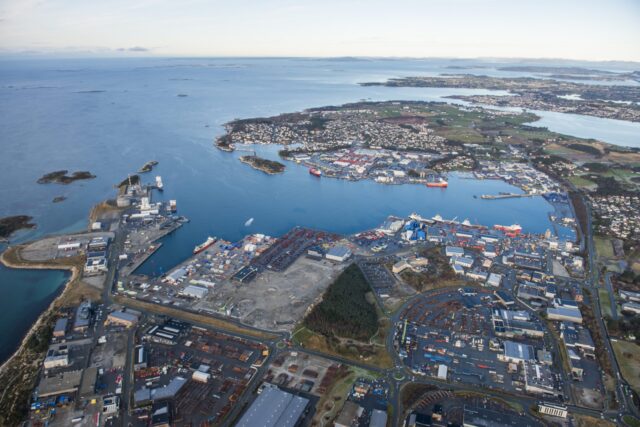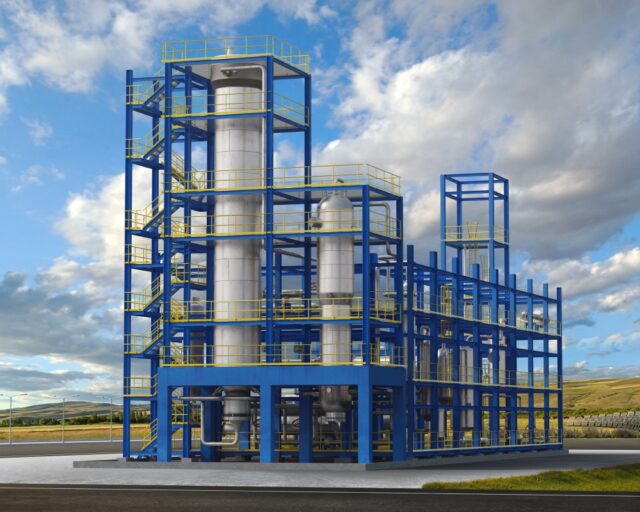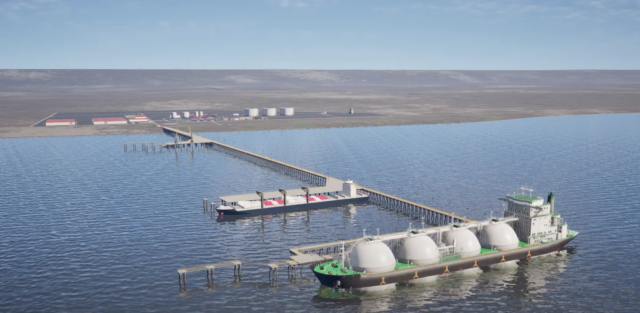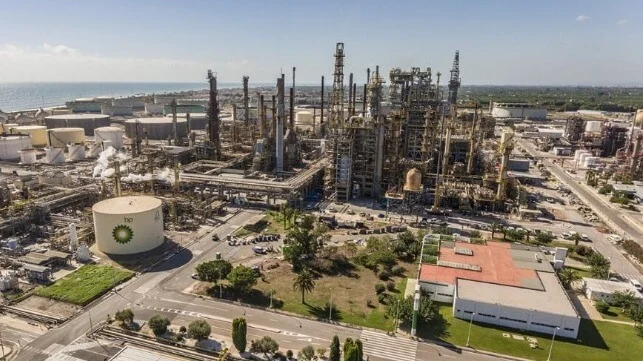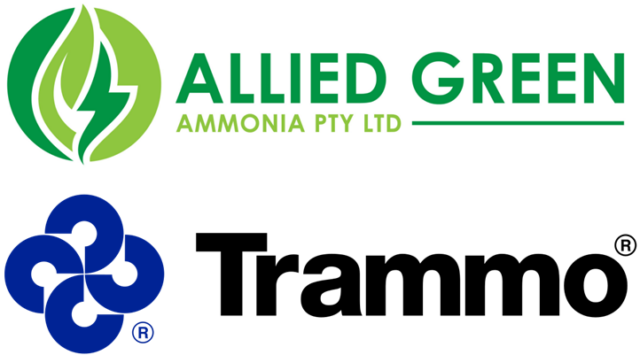AM Green Ammonia reaches FID for its first million tons of renewable ammonia production
AM Green Ammonia, a Greenko spinout entity focused on the production of renewable ammonia in India, announced that it has reached FID on the first phase of a multi-million ton per year plant.


